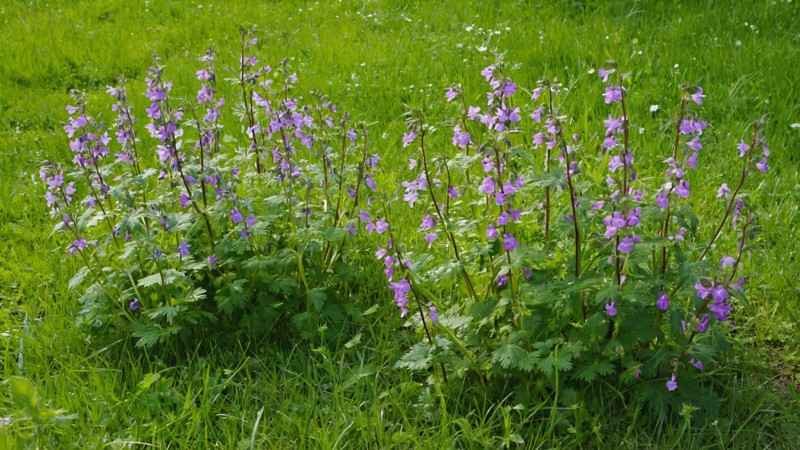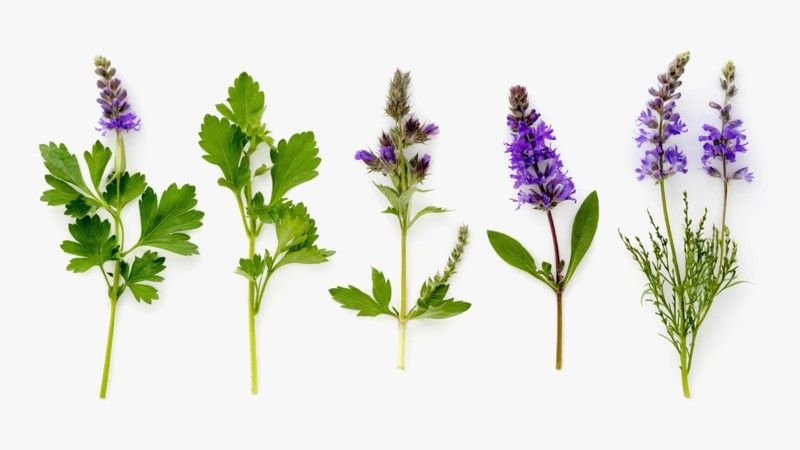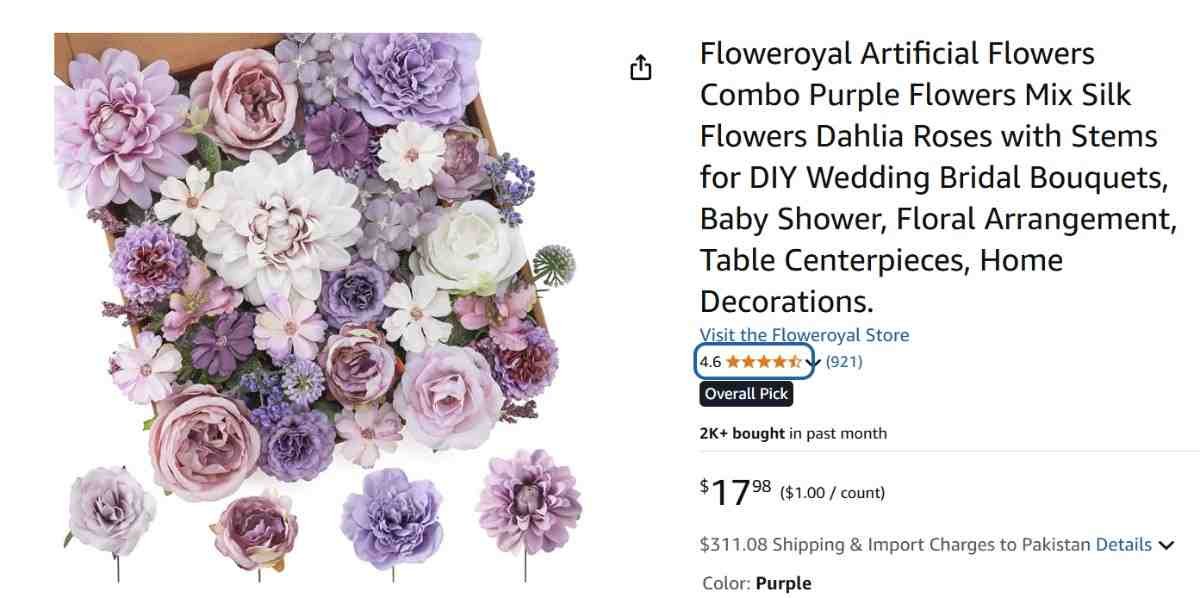It starts one morning. Your feet are naked on grass drenched in dew, and there’s it–a violet flower that’s in my backyard. Unexpected. Beautiful. However, wait… Is it a wildflower or is it an invasive weed? That single pop of colour turns into clusters. A whole patch. And then you realise—this isn’t just a pretty visitor. It’s a lawn weed with a purple flower. The kind that sneaks in overnight and builds an army before breakfast. The kind that leaves you asking, Is this a blessing or a battle? And you’re not alone. All over neighbourhoods, folks are asking the same: “What are these purple flowers growing in my yard?”
Why Are Purple Weeds So Common?
Here’s the thing—weeds with purple flowers are more than random guests. They’re resilient, tough, and way smarter than you think. They know how to adapt. Whether it’s poor soil, dry heat, or your constant mowing schedule, they’re like, “Cool, challenge accepted.” That’s why the purple weed in the lawn pops up even when your grass is struggling. Some even thrive because your lawn is in trouble. They’re opportunists. Like those wild friends who show up uninvited but end up stealing the show. In fact, many homeowners call them purple weed grass, though they’re not always grass. They just blend in till they take over.
Meet the Usual Suspects: Common Purple Lawn Weeds
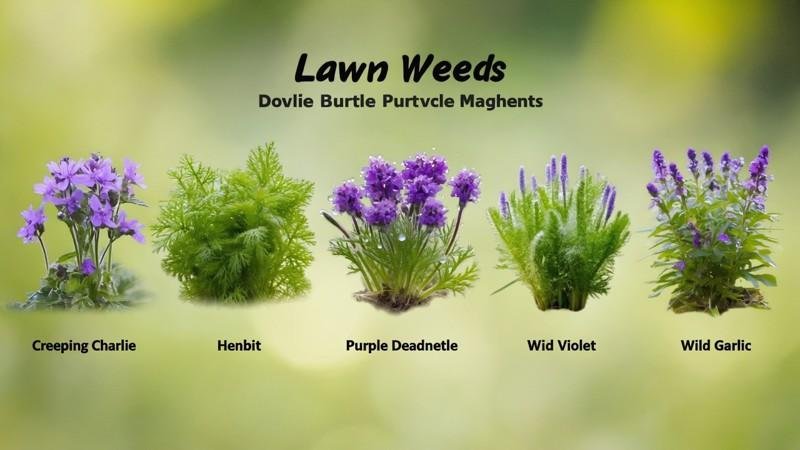
Let’s name names. In the beginning, we have Creeping Charlie (aka ground ivy). An invader that resembles a vine, with tiny oval leaves and delicate flowering purple petals. Then, Henbit shows up—similar, but more upright and less viney. And don’t forget Wild Violets. Cute. Almost innocent-looking. But they spread fast and wide. Another troublemaker? Purple Deadnettle. Not dead, not a nettle, just a trickster in the disguise of delicate blooms. These weeds with purple flowers may differ in shape and style, but they’ve got one thing in common—they thrive in your yard, rent-free. When you’ve noticed the weeds, you’ll notice the purple flowers on the lawn wherever you turn.
Small But Mighty: Tiny Purple Flowers That Spread Like Wildfire

Some of these invaders play it subtle. Small purple flowers in my yard, you might say. So small, you barely notice till your whole lawn’s speckled with them. It’s like they whisper their way in. Before you know it, you’re on your knees trying to pluck them one by one. Good luck. These tiny types—like wild violets or henbit—they’re sneaky. Cute, but persistent. And if you’ve ever seen a purple weed flower in your yard and thought, “Eh, it’s fine,” give it two weeks. They’ll multiply like it’s their mission. Because it kinda is. They want the whole yard. Not just a corner.
Identifying the Purple Intruders: What They Look Like
Visual cues help. When folks Google purple flower weed in lawn pictures, they’re usually trying to ID a culprit. So here’s the rundown. Henbit has square stems and scalloped leaves. Creeping Charlie crawls like ivy. Purple Deadnettle looks almost fuzzy, with its top-heavy purple flowers. Wild violets? Heart-shaped leaves, flowers like little pansies. Each one wears its purple differently. But all of them—invaders. Being aware of what you’re viewing will help you determine the next step. You’re certainly not alone in saying, “Why is there this purple weed in my lawn again?”
The Good, the Bad, and the Beautiful
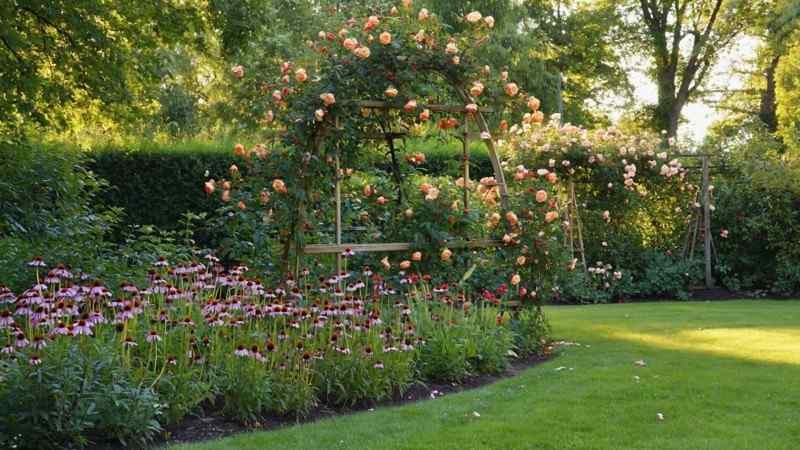
Here’s where it gets complicated. Some people love the look. Others want total eradication. Purple flowers in the lawn might mess with your lawn goals. But bees love them. Pollinators adore them. Some are edible. Some are even medicinal. So, you’ve got a decision to make. Are they a blight or a bonus? Is the wild purple flower in your yard your enemy or just misunderstood? Every weed tells a story. And some folks let them be. Others declare war with herbicides and vinegar. It’s your yard. Your rules. But know this—the purple weed in the lawn won’t go down without a fight.
How These Weeds Spread So Fast
It’s wild. You pull them one week, they’re back the next. That’s because these weeds with purple flowers are master reproducers. They spread through seeds, roots, rhizomes—you name it. And every time you mow, guess what? You’re often helping scatter their seeds. Kind of ironic, huh? The lawn weed with purple flowers doesn’t need much help. Birds carry seeds. Wind does the rest. And some even grow from fragments left behind. So, unless you’re really thorough—or lucky—you’ll see that purple flower in my yard again and again. Persistent little beauties.
DIY vs. Herbicide: What Works Best?
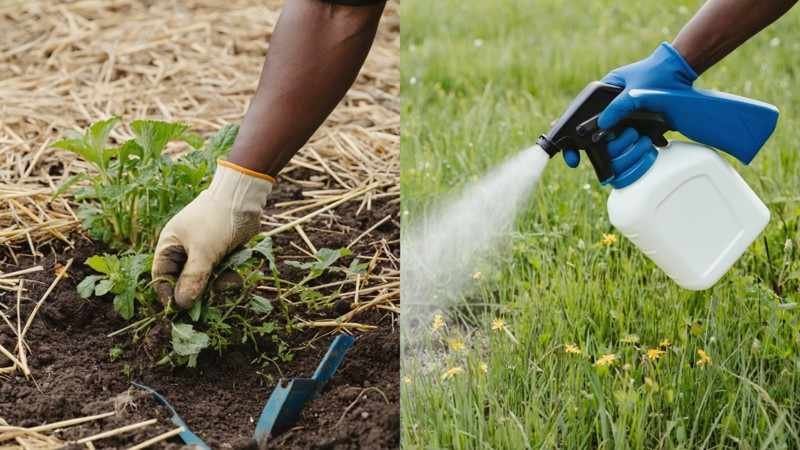
Alright, let’s talk control. You’ve got choices. Pull ‘em out by hand. Works great, if the soil’s moist and you’ve got patience. Want the fast route? Spot-treat with a selective herbicide—one that kills purple weed grass but not your actual grass. Or go natural. Vinegar sprays, boiling water, mulch barriers. Mixed success, sure. But better for pets, pollinators, and the planet. Honestly, managing weeds with purple flowers depends on how bad it’s gotten. Small patches? Manual removal’s fine. Big infestations? Time to get serious. One thing’s for sure—the purple flowers growing in my yard aren’t leaving unless you make them.
Can They Be Pretty and Problematic?
Yes. 100% yes. You walk by and think, “That’s kinda nice.” Then you step back and realise half the lawn’s taken over. It’s this odd mix. On one hand, purple weed flower in the yard makes for decent photos. On the other hand, they choke your turf, steal nutrients, and invite more weeds. It’s like a beautiful squatter. Looks great. But doesn’t pay rent. That’s the paradox. You love the colour. Hate the takeover. And yet, they’re tough not to admire. A lot of folks try to strike a balance—mow around patches or dedicate a wildflower area. Why not, right? Controlled chaos.
Wildflower or Weed? The Thin Line
You’d be surprised how many purple flowers weed in the lawn started as garden favourites. Violets. Clover. Even deadnettle. Some are native. Others invasive. But most blur the line. We call them weeds because they grow where we didn’t ask them to. That’s it. No other reason. If the wild purple flower in yard grew in a pot, we’d call it charming. But because it’s uninvited, it gets labeled as a pest. That’s the irony. So before you yank it out, maybe take a moment. Maybe it belongs. Or maybe it really does need to go. Up to you.
Pet-Safe and Pollinator-Friendly Weed Control

Got pets? Bees? Kids rolling around in the grass? Then, harsh herbicides might not be the best move. Plenty of folks look for ways to deal with purple weed in my lawn without nuking the ecosystem. Enter: mulching, solarisation, vinegar mix sprays, or even overseeding your grass to crowd weeds out. None are instant. But they’re safer. And you’re less likely to harm the good bugs. If you’ve noticed some purple flowers in my garden and you’re thinking of ways to remove them without causing any harm, take the easy route. It may take longer, but it’s better than burnt.
Keeping Them Gone for Good
Here’s the real trick: it’s not just about getting rid of the lawn weed with purple flowers. It’s about keeping it gone. That means healthy lawn practices. Regular mowing (but not too short). Aerating. Feeding the soil. Making sure your grass grows thick and tough enough to outcompete the invaders. Because here’s the truth—purple flower weed in lawn pictures will haunt you if you don’t get to the root of the problem. Literally and figuratively. Kill the weed, but fix the soil. Make it hard for them to come back. Otherwise, it’s just rinse and repeat.
When to Let Them Stay
Not every situation needs control. Sometimes that little patch of purple flowering weed in the your yard may be the only shade that you have. If it’s not causing harm to other plants, then it’s okay. Some people even encourage it. Ground ivy and violets have herbal uses. Others like the cottage-core vibe. You don’t have to fight every purple weed in my lawn. The secret? Intentionality. If you let it grow, make it part of your plan. Keep it trimmed. Contained. Then it’s not chaos. It’s a choice.
Stories from the Suburbs: Neighbour Weed Wars
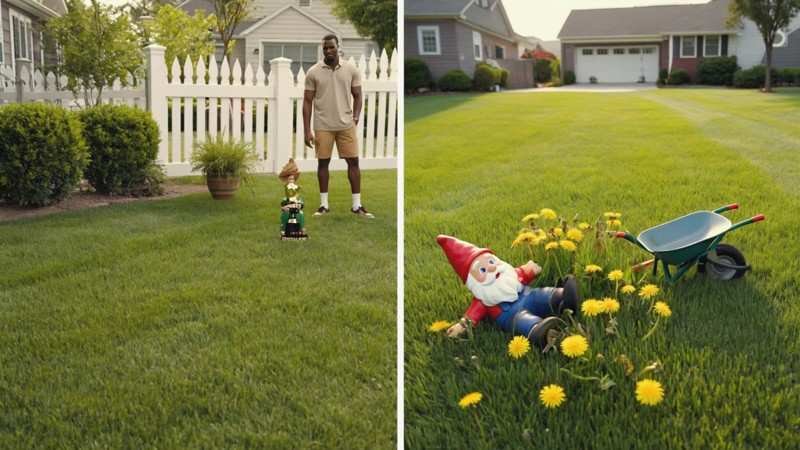
Have you ever had that neighbour? The one who goes nuclear on any hint of colour in their lawn? Or the opposite—the one whose whole yard looks like a wild meadow? One man’s purple weed in the lawn is another’s butterfly haven. I once saw a guy chase a bee out of his violet patch. Others plant more on purpose. It’s all perspective. These weeds with purple flowers have sparked arguments, friendships, and even competitions. Who can get rid of them fastest? Who can grow the prettiest patch? It’s suburban drama. Purple edition.
Final Thoughts: Purple Invaders with a Purpose
So, where do you stand? The truth is—weeds with purple flowers aren’t just weeds. They’re survivors. Pollinator havens. Sometimes pests. Sometimes blessings. It depends on your goals. Your vibe. Your soil. You can fight them. Invite them. However, one thing is for certain: they’re certainly not going to go unnoticed. This purple plant in my garden seems to be doing something well. It doesn’t matter if you accept it or not. It’s an integral part of the plan for nature. Messy. Beautiful. And constantly blooming.

